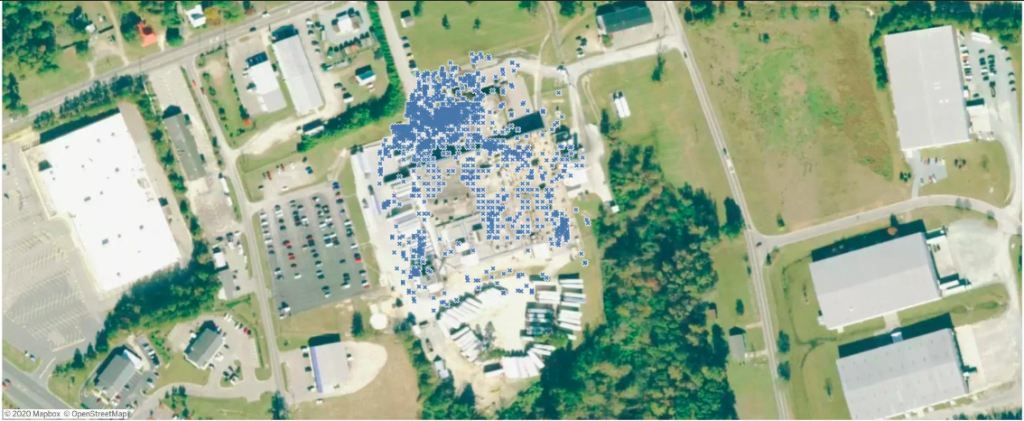Big Data is transforming the way leaders manage supply chains across all touch points, from manufacturing and provisioning to logistics and customer service.
What is Big Data applied to supply chain?
The application of Big Data for supply chain sustainability is the application of high-level intelligence derived from an organization’s data analytics of its operational processes, from procurement and processing to inventory management, distribution, etc., providing a basis for automation efforts and continuous improvement of logistics operations.
How does it work?
This tool uses data and quantitative methods across all activities, extending the data set for analysis beyond the traditional internal data of enterprise resource planning and supply chain management systems, while applying powerful statistical methods to new and existing data sources, gaining new insights that help optimize inventory and improve decision making.

How can Big Data transform any supply chain?
Supply chain transformation unlocks the value of analytics in your processes, technologies and experiences, providing a broader range of in-depth information, enabling you to get a panoramic view of the entire chain, including its strengths, inefficiencies and weaknesses, improving your key metrics, getting more value on assets and keeping inventory more evenly balanced.
Also Read: “How to infer relationships between companies with Big Data?“
Big Data use cases for supply chain sustainability
- Match a manufacturer’s supply to demand, generating plans that align daily operations with corporate strategy.
- Improve risk management by identifying known risks and predicting future ones based on patterns and trends throughout the supply chain.
- Enhance planning accuracy by analyzing customer data to identify factors that increase or decrease demand.
- Improve order management by consolidating data sources to assess inventory levels, forecast demand and identify fulfillment issues.
- Streamline purchasing by organizing and analyzing spend across departments to improve contract negotiations and identify discount opportunities or alternative sources.
- Increment working capital by improving models to determine inventory levels needed to ensure service objectives with minimal capital investment.
You might also be interested in: “Benefits of supply chain mapping with Big Data“
Big Data helps synchronize supply chain planning and execution by improving real-time visibility into these processes and their impact on customers and the bottom line. Greater visibility can also increase flexibility in the supply chain network by helping decision makers better evaluate the trade-offs between cost and customer service.
At PREDIK Data-Driven we help businesses implement Big Data-based strategies to improve supply chain sustainability, solve current problems, develop future strategies and generate optimal solutions by adding a location analytics model that drives your business to the next level.

